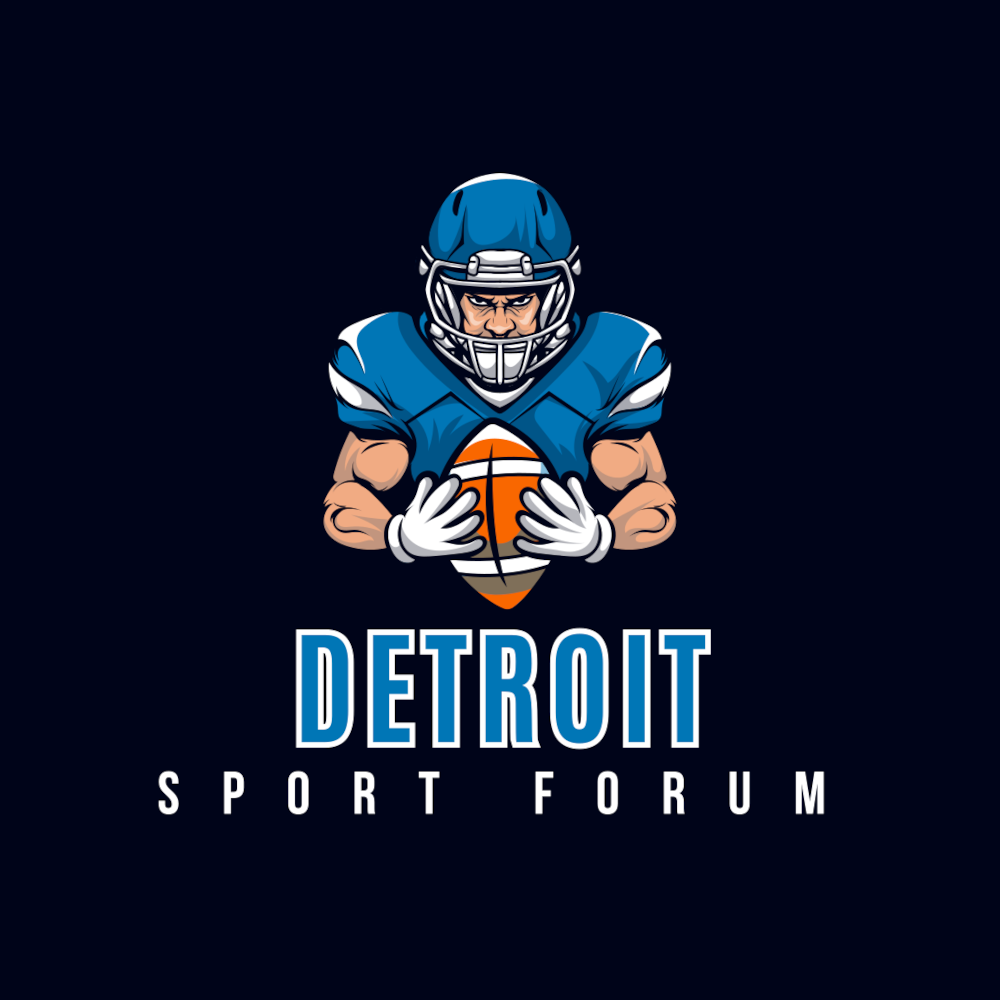The Pyramid Rating System All-Time League. from 08/2016.
As mentioned in my first article here last year, one of the side projects I have done with the Pyramid Rating System is the creation of an all-time roster for each active franchise in the majors (as well as a few non-active franchises). The selections of the all-time rosters are based largely on the ?team? rankings of the Pyramid Rating System, where players with individual franchises have been ranked. i.e., Babe Ruth with the Yankees versus Babe Ruth with the Red Sox.
The inspiration for this came largely from the Great American Fantasy League, of which I am a member of as manager/owner of the Chicago Cubs. If you go to the 31-minute mark of the video embedded below you will see a feature MLB Network did on the league as part of their ?Behind The Seams? series.
The other inspiration has come from seeing what others have done with this topic. Obviously, the idea of an all-time team for a single franchise is nothing new, but what I find in most every article I read about this topic is that the author rarely address the topic of how actual baseball strategy would affect how the team is run: how to set a lineup and a depth chart, playing guys out of their natural position, platoons, having a ready backup at every position in case of injury. These are factors that managers and general managers have to contend with daily basis that for the most part I feel get swept under the rug.
The idea behind this is not just to imagine what each of these teams would like look on its own but also to mirror what the Great American Fantasy League does, and put each of the teams in context of what a whole league of all-time teams would like look. What I?ve tried to do with each of these franchises is build a team and a strategy behind it for a 162-game regular season as opposed to just simply naming off the best players at each position, or just listing the best season a player had at each position.
We see it in the majors all the time. Just because someone is the best center fielder on the team doesn?t automatically mean he will be the full-time starting center fielder. If I have a great defensive backup but a bad left fielder, I may shift my All-Star center fielder over to left, not because I don?t think of him as a great center fielder, but because I?m trying to cover a weakness on the team. On a different team, the same player may be the full-time starting center fielder. No manager or GM would ever look at a player?s strengths or weaknesses independent of the rest of the team in determining what role he should play, and that is the approach I have taken here.
Another caveat I tried to include was to show how these teams would be built if they were to exist today with the game played as it is today. Every roster will feature 12 pitchers?five starters, six relievers and a spot starter who could also act as a long reliever?and just 13 position players, two of whom have to be catchers.
The overall strengths and weaknesses of each era will be reflected in how the players on the roster will be used. Bullpens will tend to be disproportionately composed of modern-day players, and rarely will you see a Deadball era player batting in the middle of the order.
For the positions at which players can be listed, I tried to focus more on what positions a player could have played during his career than the positions he did play. For example, I believe Ernie Banks could have spent his entire career playing first base and still would have had a Hall of Fame career. Same could be said for Mickey Mantle if he had been a first baseman throughout his entire career.
These types of assumptions, though, are always going to be made on historical evidence. You will never see a player like Ted Williams listed at third base. Generally speaking, a player had to play at least 10-11 percent of his total games with the team at a position to considered an option at that position, with the exception of catcher, where the threshold was roughly 15 percent.
The only exception I made to this rule was when it came to the outfield. Anyone whose primary position is listed as center field is automatically eligible to play both left and right field regardless of if he played there. So Willie Mays, Mantle, Ken Griffey Jr., Joe DiMaggio and Duke Snider are eligible at all three outfield positions in spite of their limited playing time at the corners.
A similar assumption was made for players whose primary position is listed as right field but who would also played enough games to qualify to be listed as a center fielder. These players also are eligible to be listed as a left fielder. (i.e. Hank Aaron, Al Kaline, Reggie Jackson, Sammy Sosa, etc.) In essence, this follows the Bill James defensive spectrum, but applied only to outfield.
Like the spectrum, it does not go the other way around. Someone whose primary position was left field and who qualifies as a center fielder does not automatically qualify to play right field. Tim Raines, for example, can not be used as a right fielder. Similarly, anyone who qualifies as both a left and right fielder does not automatically qualify as a center fielder. Billy Williams and Ryan Braun, for instance, can not be listed as a center fielders.
Adding these aspects gives a much better view of what you actually could do with a team as opposed to relying solely on historical stats as the be-all, end-all.
As you can see, a few teams listed?such as the Brooklyn Dodgers and Philadelphia Athletics? no longer exist. That is because the franchise histories I am using do not follow the traditional major league timeline. As seen in the video at that start, Walter Johnson is part of the all-time Twins in the Great American Fantasy League, but in my league he is on the all-time Washington Nationals. The idea behind this is to follow more of a ?city-centric? approach than going by actual franchise history.
Johnson is a good example of the problems of looking at past players from bygone franchises in the context of their more modern counterparts. Johnson may never have played a single game for the Nationals, but he never played a single game for the Twins, either. Johnson did, however, play his entire career in Washington, and in my opinion it?s the city identification that matters more than the franchise. In this regard, I?m taking an approach more akin to what the NFL did with the Cleveland Browns. Nobody would ever think to put Jim Brown or Otto Graham on the all-time Ravens squad even though that is the team that version of the Browns ultimately became.
Even this approach is met with some issues. While the Minnesota Twins all but ignore their tenure in D.C., both the Dodgers and Giants are very open about honoring their prior history in New York. The Atlanta Braves seem to be somewhere in the middle in terms of how much they?ve acknowledged their past in both Boston and Milwaukee. How much of a team?s history belongs to the city and how much of it belongs to the franchise?s own lineage seems very much open for debate with no clear answer.
The six defunct franchises I included ? the Boston Braves, Brooklyn Dodgers, Montreal Expos, New York Giants, Philadelphia Athletics and St. Louis Browns ? are all teams I feel can have their own separate history independent of any currently active team. For teams like the old Washington Senators, the Milwaukee Braves and the Kansas City Athletics, I?ve included them with their current major league counterparts who play in the same cities they once did. The rationale is that, if the Milwaukee Braves never had moved to Atlanta, the Brewers never would have existed; however, even if the Braves had never left Milwaukee, it?s likely that one way or another, Atlanta eventually would have been able to land a major league team.
The final caveat I included in an effort to have this system resemble more of an actual league than an evaluation of great players in a team?s history is that I can use each player only once. Obviously, there are players whose talent would qualify them for multiple franchises. In terms of placing players using this method, I tried to factor in where a player had his best years and his overall playing time. For instance, I thought Keith Hernandez had his best years with the St. Louis Cardinals, but because of the depth the Cardinals have at first base, they actually can afford to leave the ?79 MVP off the 25-man roster. The New York Mets, however, are not as deep at first base, which is where Hernandez winds up.
As a bonus, I included full 40-man rosters as well as a full coaching staff. What I find interesting about the 40-man rosters is that in some cases they actually can act as a ?minor? league of sorts?a lot of active players who may be right on the cusp of making the 25-man roster but are perhaps just a solid year or two short. Please note that as of now these teams include stats through 2015.
As for the coaching staffs, the managers and bench coaches were the No. 1 and No. 2 ranked managers in a franchise?s history. The rest of the coaching staffs were largely suggestive and shouldn?t be taken too seriously. Where possible, I tried to bring in elements of realism, but it is very difficult if not impossible to determine something like who was the greatest first-base coach of all time. For the most part, I simply tried to identify players with elements that would match up with the skills required to be an effective coach at each position but who themselves would have no chance of making the 40-man all-time roster, meaning none of the coaches are currently active players. As such, take these with a grain of salt.
The final issue in the setup is in which year to begin, and that is 1891. Why 1891? First, it?s the first year for which Baseball-Reference provides neutralized stats, and it?s also about the time when the game of baseball really started to take its modern form. The Pyramid Rating System lists Ross Barnes as the 39th-greatest player in baseball history, but in reality I would consider someone like him to be inconclusive in terms of an all-time rank because of the vast rules differences of the era. The 1891 season is also early enough to include peak years for players like Cy Young, whom many still consider to be the greatest pitcher of all time.




